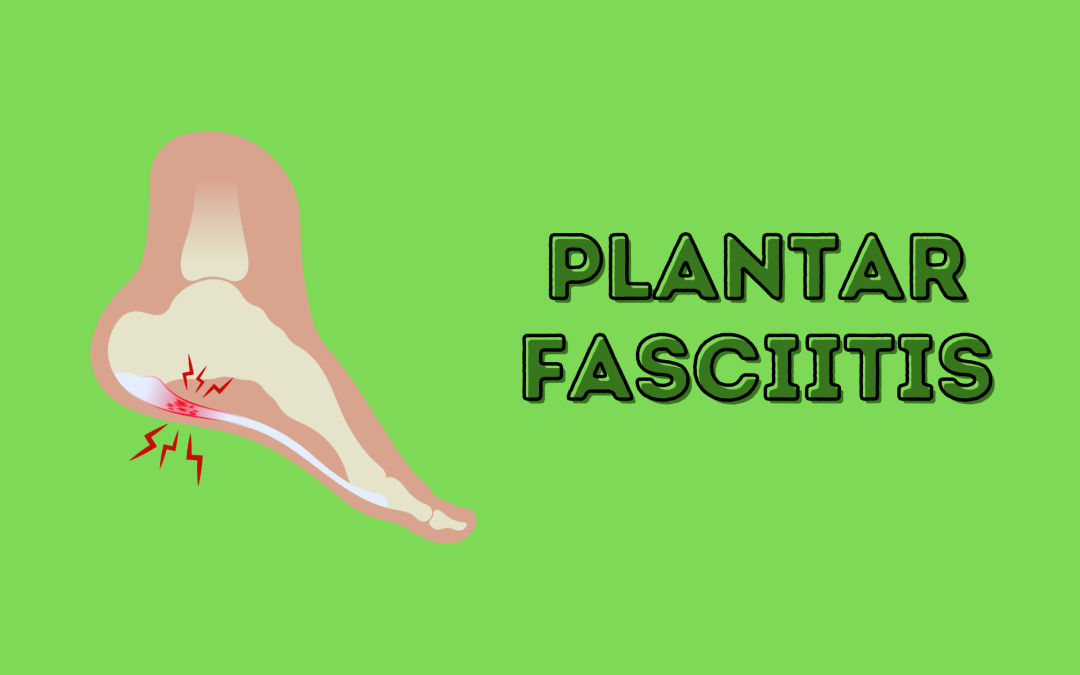Plantar fasciitis is a prevalent condition that affects many individuals, causing significant heel pain and discomfort. Dr. Jonathan Henriquez, a chiropractor based in Port Orange, Florida, aims to provide valuable information about this condition and its treatment options. In this blog post, we will delve into the causes, symptoms, and various treatment approaches for plantar fasciitis.
Understanding Plantar Fasciitis
Plantar fasciitis refers to the inflammation of the plantar fascia, a thick band of tissue that connects the heel bone to the toes on the bottom of the foot. This inflammation often results from repetitive strain, overuse, or excessive tension on the plantar fascia. The condition is commonly characterized by a stabbing pain, especially during the first steps taken in the morning.
Causes of Plantar Fasciitis
Several factors contribute to the development of plantar fasciitis. They include:
Overuse or Repetitive Strain: Engaging in activities that involve repetitive foot motions, such as running or dancing, can put excessive stress on the plantar fascia, leading to inflammation.
Poor Foot Mechanics: Having flat feet, high arches, or an abnormal walking pattern can alter the distribution of weight on the feet, resulting in increased strain on the plantar fascia.
Obesity: Excess body weight places additional pressure on the feet, increasing the risk of plantar fasciitis.
Footwear Choices: Wearing shoes with inadequate support or improper fit can contribute to the development of plantar fasciitis.
Symptoms of Plantar Fasciitis
The most common symptom of plantar fasciitis is sharp heel pain that is particularly intense with the first steps taken in the morning or after a period of rest. As individuals continue to move, the pain often subsides; however, it may reappear after prolonged standing or sitting.
Treatment Options for Plantar Fasciitis
Dr. Jonathan Henriquez emphasizes effective treatment approaches for plantar fasciitis, including:
Soft Tissue Mobilization: By employing techniques to mobilize the fascia surrounding the calves, such as massage or stretching exercises, the tension and strain on the plantar fascia can be reduced.
Ankle and Foot Adjustments: Chiropractic adjustments can help improve joint alignment, correct any imbalances, and relieve pressure on the plantar fascia.
Shockwave Therapy: In cases of chronic plantar fasciitis that are unresponsive to conservative treatments, shockwave therapy may be recommended. This non-invasive procedure utilizes sound waves to stimulate healing and reduce inflammation in the affected area.
Orthotic Devices: Customized orthotic devices, such as shoe inserts or arch supports, can provide additional support and alleviate stress on the plantar fascia.
Lifestyle Modifications: Making certain lifestyle changes, including weight management, wearing supportive footwear, and avoiding high-impact activities, can help prevent exacerbation of symptoms and promote healing.
Conclusion
Plantar fasciitis can significantly impact an individual’s quality of life, causing persistent heel pain and discomfort. Dr. Jonathan Henriquez, a chiropractor in Port Orange, Florida, highlights the importance of early diagnosis and appropriate treatment to manage this condition effectively. Soft tissue mobilization, ankle and foot adjustments, shockwave therapy, orthotic devices, and lifestyle modifications are among the treatment options that can help alleviate pain, promote healing, and restore normal function to the feet. If you are experiencing symptoms of plantar fasciitis, it is advisable to consult with a healthcare professional, such as Dr. Henriquez, for a comprehensive evaluation and personalized treatment plan.


Recent Comments